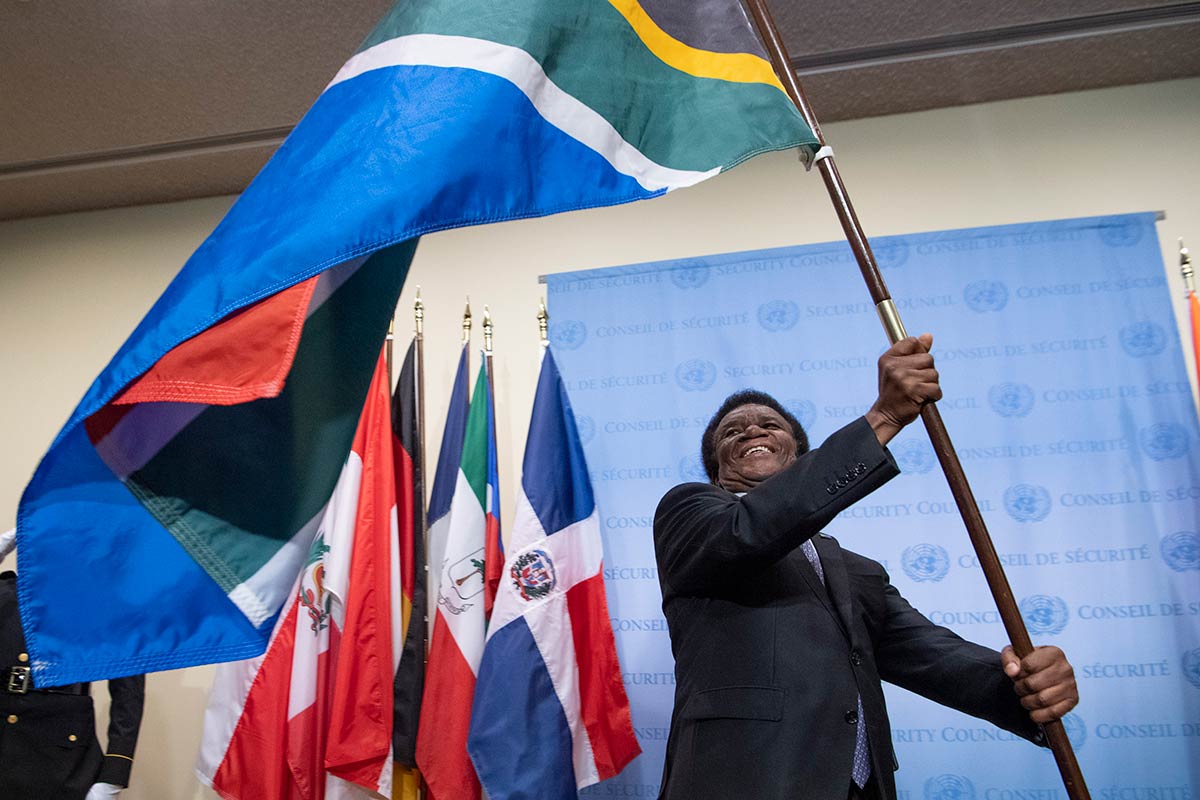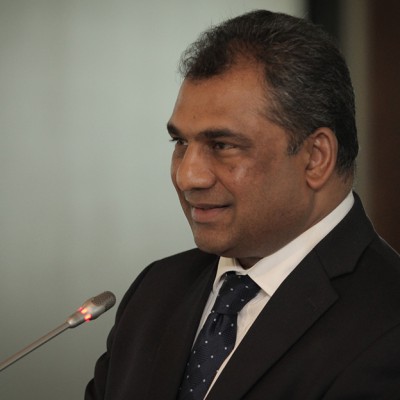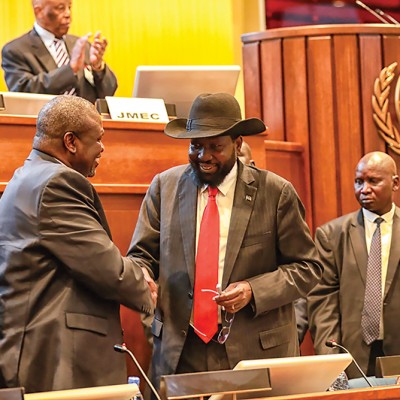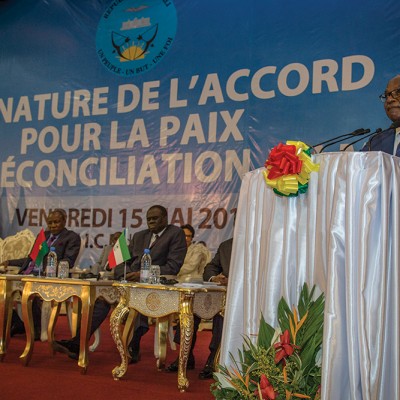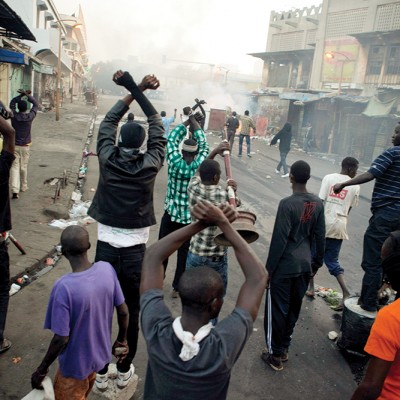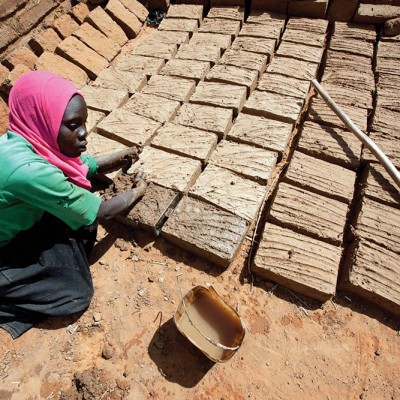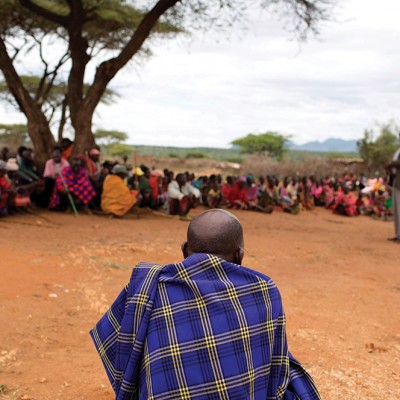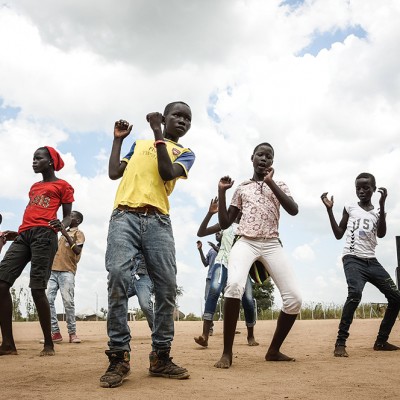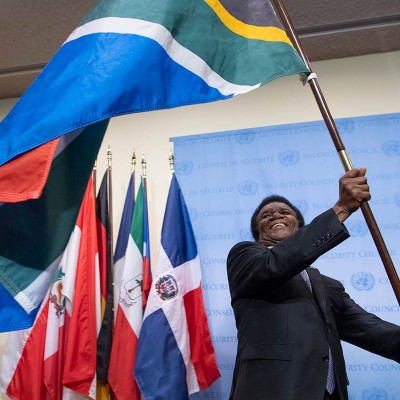Fate of the Nation: Three Scenarios for South Africa’s Future presents what author Jakkie Cilliers considers to be the three main future scenarios for South Africa. Cilliers ventures into the future by analysing the present and the past. He challenges previous authors who theorised the potential collapse of South Africa by providing a more evidence-based argument to support his vision.
However, Cilliers cautiously takes a middle path, stating that the country is indeed in limbo. Whereas he contends that the status quo in the country will change in one way or the other, he is quick to pose the questions of “What will the change look like? Will the country be more prosperous and less divided? Or will the status quo of inequality and poverty dominate?” The author goes on to raise other issues, such as the challenge posed by the “brain drain” to Western countries. The style in which he presents the South African situation and context presents the reader with a vivid snapshot of the history and present state of political and economic affairs in the country, while at the same time painting scenarios for the future.
The 10 chapters in the book are linked thematically. The first three chapters present an analysis of ex-president Jacob Zuma’s last years of presidency. The introductory chapter encapsulates the author’s main thoughts, which he later develops in the rest of the book. Cilliers provides a political history of how the country has evolved from the post-apartheid period to the present. He does this with the vividness of a direct participant in the events and across the period that the book covers.
Cilliers uses the examples of past trends to create future scenarios. For example, he discusses in reasonable detail the 1991/92 Mount Fleur Scenarios, also known as the Ostrich Lame Duck scenarios. This historical setting is significant in that it prepares the reader for the three scenarios that Cilliers discusses later in the book: Bafana Bafana, Mandela Magic and Nation Divided. Each scenario’s characteristics are derived from the context of its name, embodied in the image each symbolises in the daily lives of South Africans.
These three scenarios underpin the core of the book. The Bafana Bafana soccer team scenario signifies the perennial losers. It represents a situation in which South Africa may continue losing its glitter, just as Bafana Bafana has been recording losses in its football escapades. Mandela Magic is the desired scenario. It symbolises the evolution of the country from the yoke of apartheid to freedom, for all South Africans.
On the other hand, the Nation Divided scenario speaks of the inequality and security challenges that affect the country’s present generation – and which, according to Cilliers, is one of the main things that political elites should be worried about, if the future of the country is to be safeguarded. He argues that this third scenario has the potential to adversely affect the economic growth of South Africa. This scenario depicts the current South Africa, in which the independence party – the African National Congress (ANC) – is faced with internal strife. He describes how these challenges are increasingly becoming insurmountable and warns that if not contained, may break up the ANC. He cites inflation, the instability of the national currency (rand), mega corruption cases, capital flight and stunted or negative economic growth as some of the challenges.
The author, eager to emphasise the era of the Nation Divided scenario, notes that this trend was evolving even as he wrote this book. In other words, the author was living through the scenario and therefore was documenting first-hand the evolution of the situations, such as the dynamics within the ANC, including the emergence of new political parties such as the Economic Freedom Front (EFF), led by former ANC Youth League leader, Julius Malema. Cilliers describes how such splintering of the ANC’s internal strength is a contributor to the weakening of the party, noting how the EFF has gained popularity.
The author takes a futuristic approach by forecasting the likely gradual weakening of the ANC, even as this book went into print. This, in a way, points to the prophetic nature of Cilliers’ work in this book. However, the author seems to get it wrong in his prediction that populism would lead to a political coalition between the ANC and EFF. Instead, what we have witnessed since the 2017 elections is coalition building between very unexpected foes-turned-friends, the EFF and the Democratic Alliance (DA), in some municipalities such as Tshwane and Ekurhuleni. The author is keen to leave room for surprises, as he does not expressly rule out the possibility of a merger between the ANC, EFF and other African-led political parties in the future South Africa.
The author’s futuristic scenarios are spot on as far as the country’s politics shaped out after the book was published. As predicted, the ANC’s popularity dwindled, as it lost its majority vote in parliament, thereby fulfilling the Nation Divided scenario.
Of the 10 chapters, chapter six is perhaps the one that draws out clearly the uphill task that the ANC faces in trying to fight poverty. Cilliers states that social policies (such as the provision of social grants) under presidents Mandela, Mbeki and Zuma focused on pulling the former disenfranchised African population out of abject poverty. This, the author faults, was at the expense of enhancing the country’s employment opportunities and pursuing economic growth – aspects that would have led to more sustainable options for the poor. Equally important in this chapter is the caution that African countries should watch out about not becoming obsessed with achieving “economic growth” as a measure of national development. He clarifies that whereas economic growth is a prerequisite for South Africa’s progress, the ability to benefit from economic growth is significantly complicated by the fact that economic growth does not automatically translate into reductions in poverty in countries with high inequality, if its distribution is not equitable to the entire populace. Similarly, adds Cilliers, “If the economy is unable to grow, it will increase competition for a slice of the South African cake, which has to be shared by many competing priorities, as well as the inevitable urge to opt for redistributive policies – taking from those who have, and redistributing wealth to the poor and needy” (p. 119). This is because as the income curve grows (with economic growth), inequality increases. In the same vein, he argues further that in such economies where the distribution of wealth is skewed, the more a country espouses free-market policies, the more rapidly inequality increases.
Cilliers’ argument in the book resonates with those of Lorenzo Fioramonti, who in his book, titled Wellbeing Economy: Success in a World Without Growth, argues that the pursuit of economic growth worldwide often leads to more losses than gains. It also widens the inequality gap in societies. Fioramonti contends that South Africa and many developing countries could get by without economic growth if they were to use their resources more effectively.
In conclusion, Fate of the Nation: Three Scenarios for South Africa’s Future is a commendable contribution to the understanding of contemporary South Africa – until now, the continent’s economic powerhouse. Whereas the book focuses on South Africa, there are many lessons that are applicable to other African countries, not least because of the interlinkages in the political and economic networks that tie African countries together. It could be recommended that the author continues with another similar publication that includes a broader African or subregional focus, to widen the scope of coverage. For students and academics of contemporary African political economy, this is a current and relevant recommended work.

